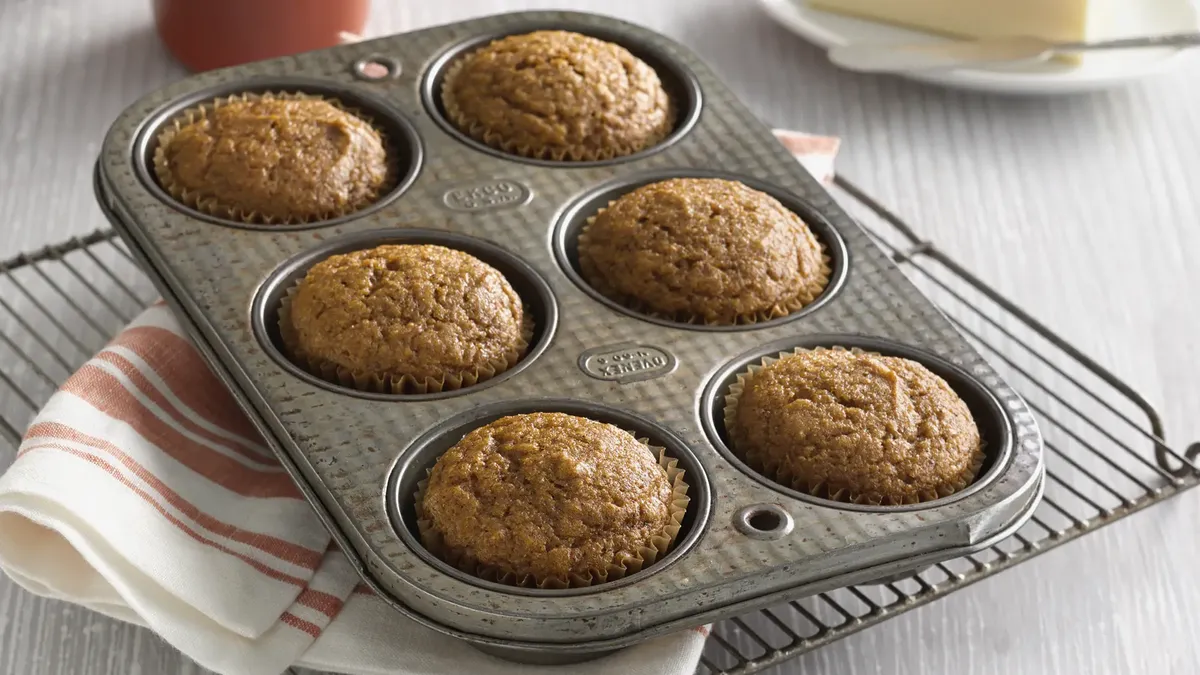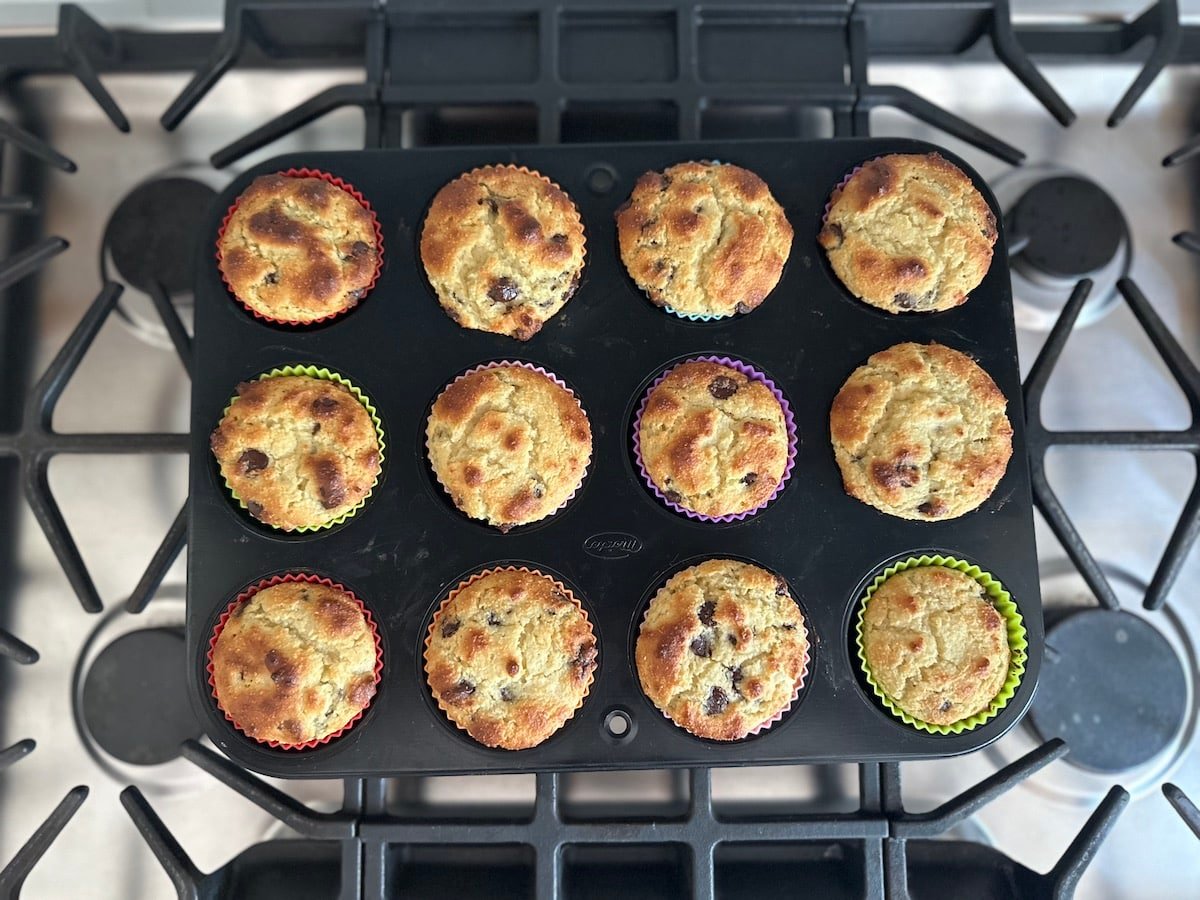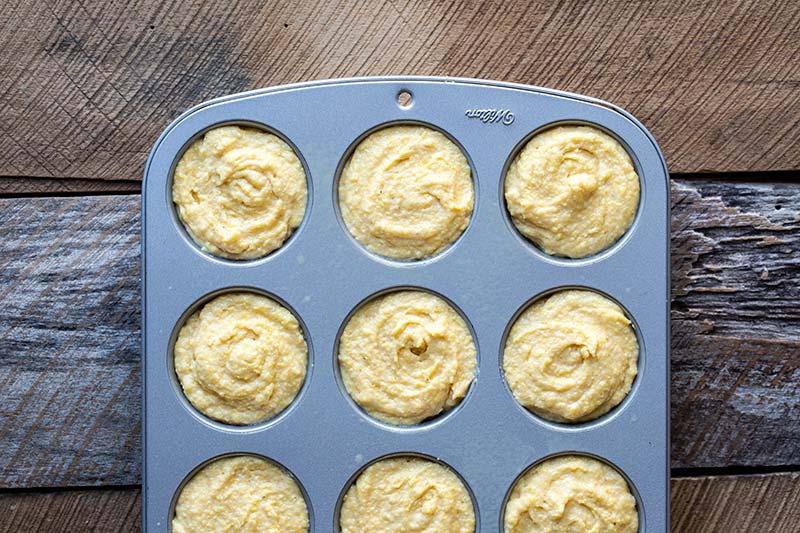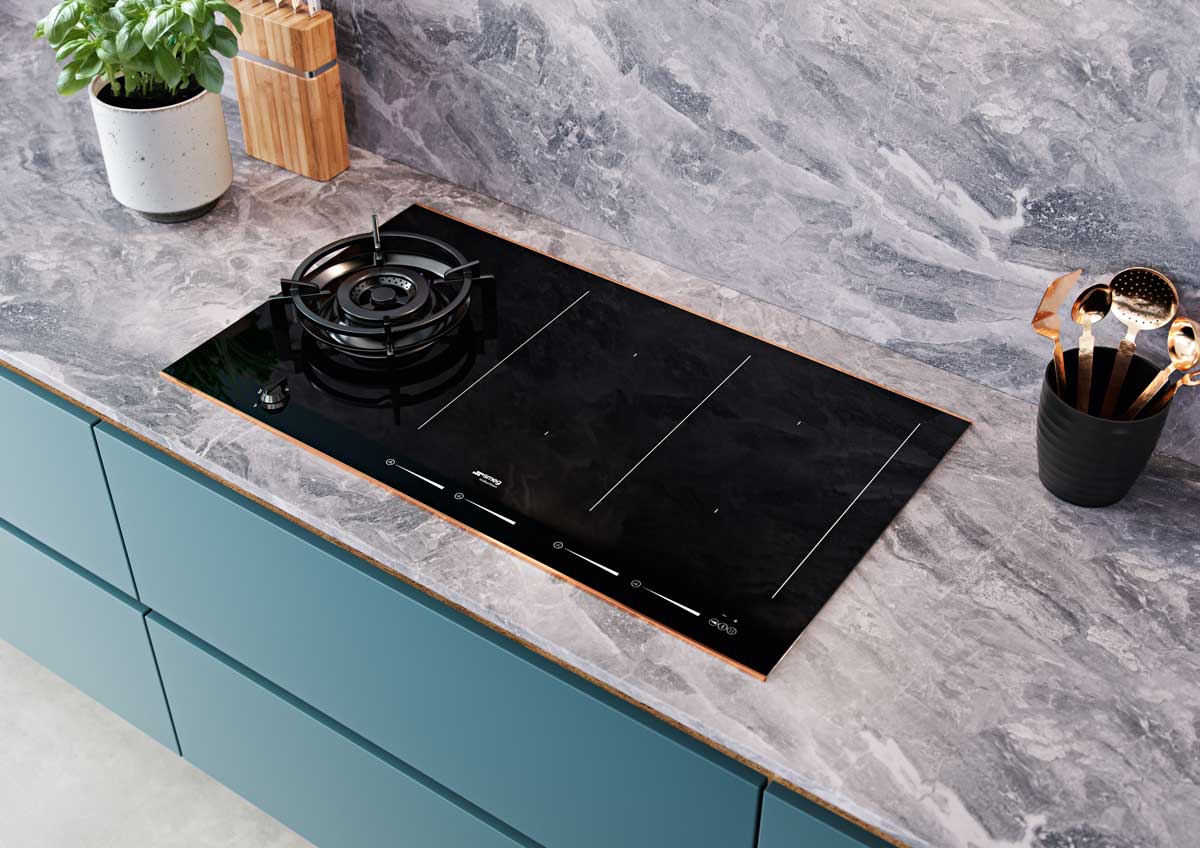For kitchen professionals, maintaining your cookware is as crucial as perfecting a recipe. The cast iron muffin pan is a kitchen gem known for its durability and ability to provide even heat distribution. However, to keep it performing at its best, knowing how to deep clean cast iron muffin pan is essential. This guide will walk you through the necessary steps to ensure your pan remains in top condition, offering consistent cooking results every time.

Understanding the Importance of Cleaning
Cleaning a cast iron muffin pan is not merely about aesthetics; it's about preserving the integrity of the pan. A well-maintained cast iron pan can last a lifetime, offering unmatched performance. Over time, residual batter and grease can build up, leading to uneven cooking and potentially affecting the flavors of your baked goods. Therefore, a deep clean is not just advisable but necessary.
Gather Your Cleaning Supplies
Before diving into the cleaning process, gather the following supplies: a soft sponge, mild dish soap, a stiff brush, baking soda, and vinegar. Avoid using harsh detergents or metal scouring pads as they can damage the seasoning of the cast iron.
Step-by-Step Cleaning Process
1. Initial Rinse
Begin by rinsing the muffin pan with warm water to remove loose debris. For stubborn spots, use a stiff brush to gently scrub the surface. It's important to do this step while the pan is still warm, as it helps loosen any stuck-on food.
2. Create a Cleaning Paste
Mix baking soda with a few drops of water to create a paste. Apply this paste to areas with stubborn stains or residue, letting it sit for a few minutes. Baking soda acts as a natural abrasive that will not harm the pan's seasoning.
3. Scrub and Rinse
Using your soft sponge, scrub the muffin pan, focusing on areas with the cleaning paste. Rinse thoroughly with warm water to remove all traces of baking soda and loosened debris.
Drying and Seasoning
4. Thoroughly Dry
After rinsing, dry the muffin pan completely with a clean towel. Ensure no moisture remains, as this can lead to rusting. For optimal results, you can place the pan in a warm oven for a few minutes to ensure all moisture evaporates.
5. Re-season the Pan
Once dry, apply a thin layer of vegetable oil or melted shortening to the entire surface of the pan. Use a paper towel to wipe off any excess oil, leaving only a light coating. Place the pan upside down in a preheated oven at 375F for about an hour. This process helps maintain the pans non-stick surface.
Common Mistakes to Avoid
Avoid soaking your cast iron muffin pan in water as this can lead to rust. Similarly, never put it in a dishwasher; the harsh detergents and extended exposure to water can strip away its seasoning.
Benefits of Regular Maintenance
Consistent care not only extends the life of your cast iron muffin pan but also ensures it continues to deliver exceptional baking results. Regular cleaning prevents buildup, while seasoning keeps its surface non-stick, making it a reliable tool for professional kitchens.
For more tips on maintaining your cookware, check out storage tips for cast iron muffin pans and dishwasher safety considerations on our blog.
Exploring Uses and Recipes
Once your pan is clean and ready, explore the culinary possibilities it offers. From savory muffins to sweet treats, the options are endless. Discover new recipes for cast iron muffin pans to enhance your menu offerings.
Additionally, you can find creative uses for muffin pans beyond baking, such as in this list of 50 things to make in a muffin pan on Food Network.

FAQ Section
How often should I deep clean my cast iron muffin pan?
It's recommended to deep clean your pan after every few uses, especially if you notice residue building up or if it's been used to bake sticky ingredients.
Can I use steel wool on my cast iron muffin pan?
No, steel wool is too abrasive and can damage the seasoning of the pan. Opt for a stiff brush or a soft sponge instead.
What should I do if my pan starts to rust?
If rust appears, gently scrub the rusted areas with a mixture of baking soda and water, rinse, and re-season the pan as described above.
This article contains affiliate links. We may earn a commission at no extra cost to you.






Leave a comment
This site is protected by hCaptcha and the hCaptcha Privacy Policy and Terms of Service apply.